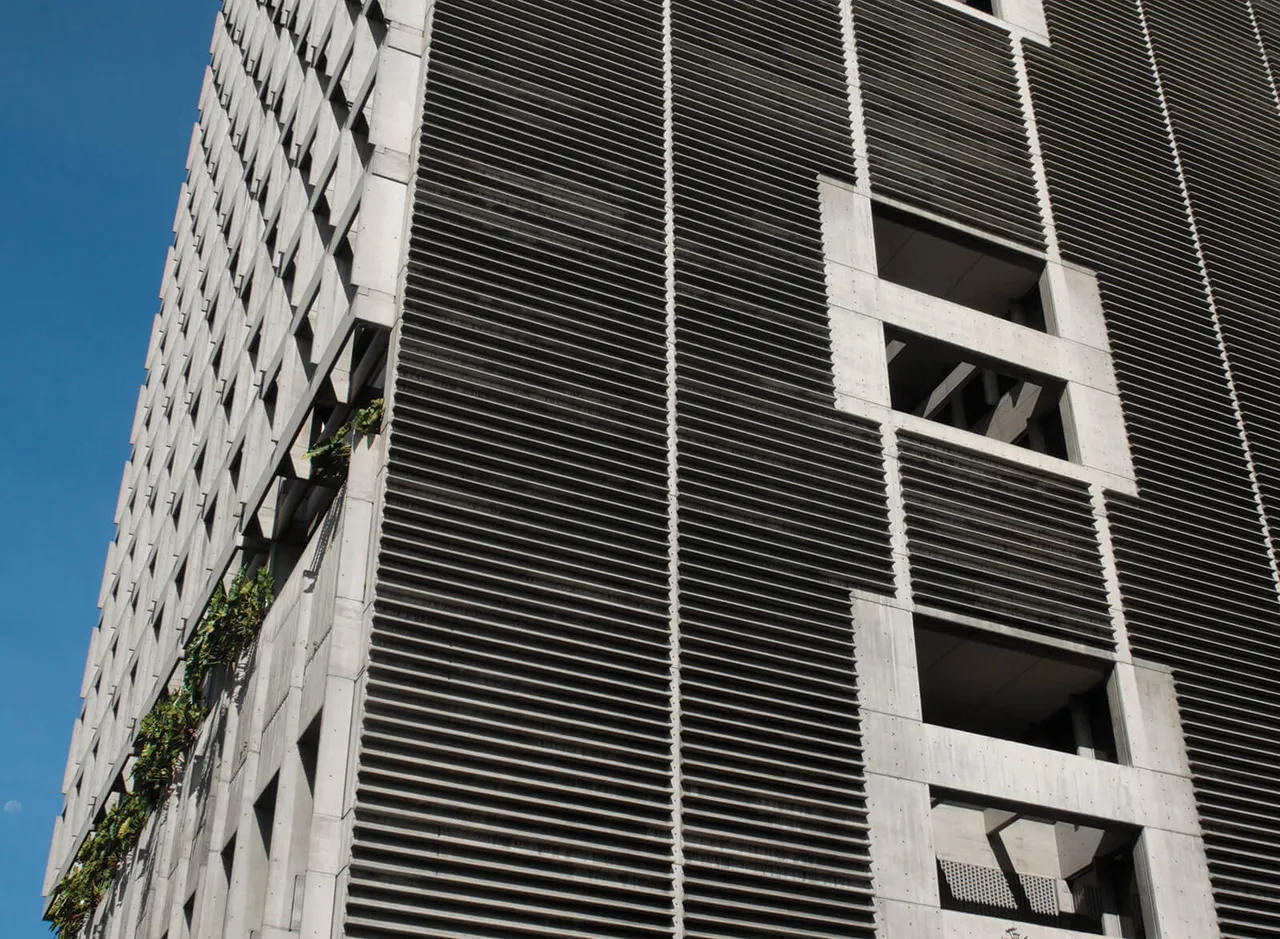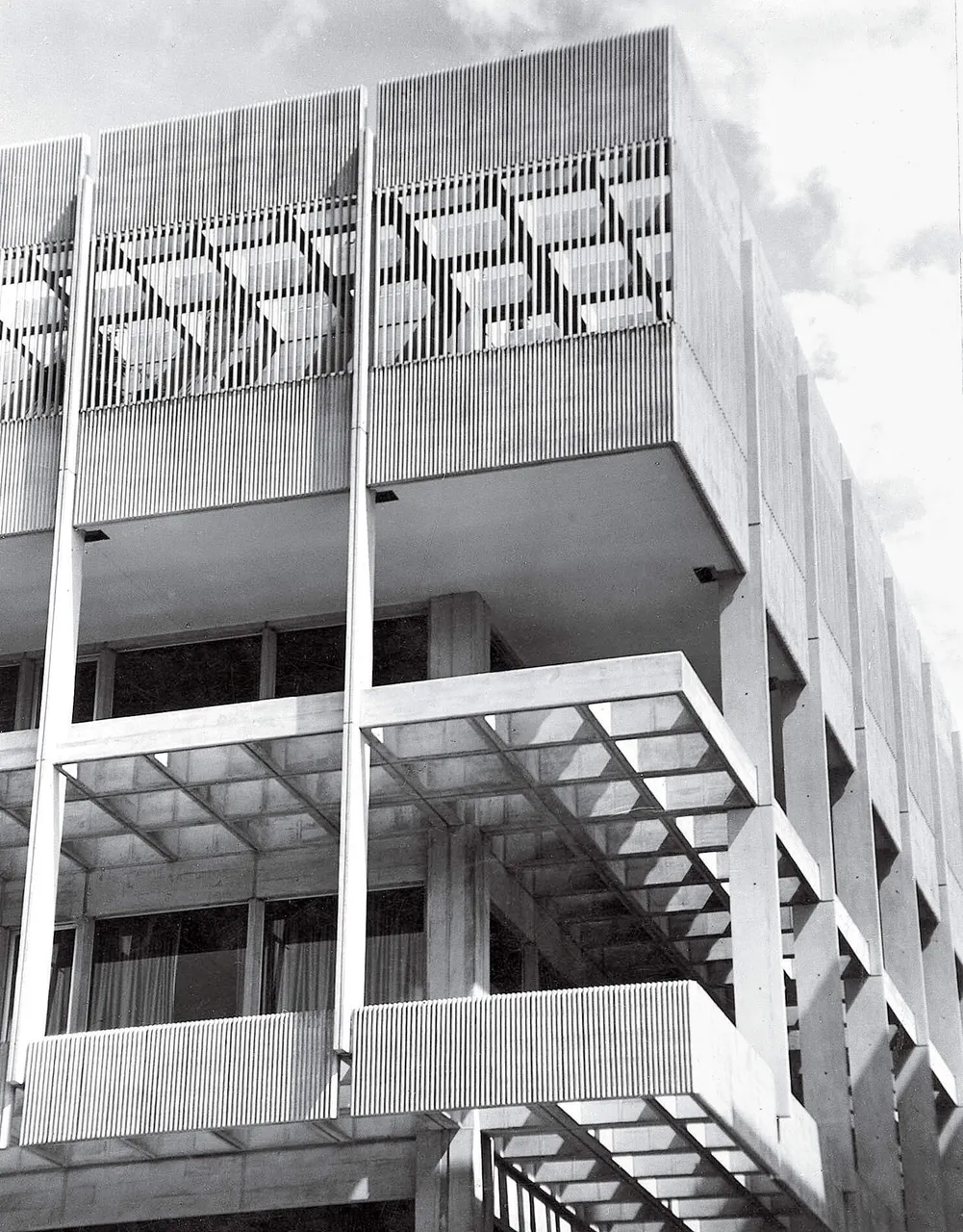An architect of the second generation of modernists in Venezuela, Tomás Sanabria. /// Un arquitecto de la segunda generación de modernistas en Venezuela, Tomás Sanabria.
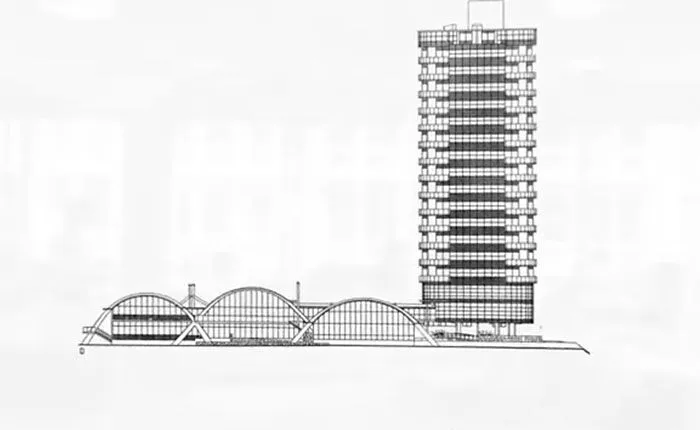
Pinterest https://pin.it/5F7cUAe
Spanish
El arquitecto Tomas José Sanabria (1922 – 2008)
Es un arquitecto venezolano que Realizó grandes obras como Banco Central de Venezuela, Foto Libertador, la sede del INCE, del Conjunto de la Electricidad de Caracas y el Hotel Humboldt, entre otros emblemas de la arquitectura caraqueña. Sanabria fue de la segunda generación de arquitecto modernos, que como dato curioso el arquitecto Fruto Vivas fue su alumno.
“La arquitectura no es solo para disfrutar lo mismo que siente un artista al crear su obra de arte, la cual una vez terminada no se vuelve a tocar. ¡El arquitecto debe contribuir a optimizar la calidad de vida del usuario en todo momento y muchas veces sufrir por los cambios que se hacen a esa obra viva!”.
Sanabria decía que la arquitectura es un servicio social para que las personas vivan mejor, comparaba al ser humano con el cuerpo urbano, como el hígado y el aseo urbano. Gran parte de su filosofía fue gracias a sus estudios en Harvard en los años cuarenta como master en arquitectura, ahí sus maestros fueron Walter Gropius, Martin Wagner, Marcel Breuer y entre otros. Al haber estudiado en plena segunda guerra mundial el reducido numero de alumnos era notable con innumerables enseñanzas de lo que era la Bauhaus. Al volver a Venezuela en 1953 fue director de arquitectura en la UCV de Caracas y abrió su oficina de arquitectura. U de sus reacciones al proponerle proyectar el INCE fue “su primera reacción fue pensar en cómo este instituto podría influenciar de manera positiva en el entorno urbano y de qué manera la gente se sentiría atraída en caminar hacia allí para fomentar el crecimiento personal. Su propuesta fue basada hacia el peatón y los espacios públicos”. Sanabria dice que no hay arquitectura sin diseño urbano.
“Para ser arquitecto hay que aprender a volar”
En su arquitectura tenia características también como su estudio se caracterizó por tener siempre presente en cada uno de sus proyectos el tema de la protección solar y el condicionamiento climático desde la arquitectura, a partir de la ventilación natural, celosías, sistemas de sombras, etc y no olvidar su tesis que no hay arquitectura sin ciudad. Unos de sus grandes proyectos fue el Hotel Humbolt, en el que se presenta como un ícono de la arquitectura moderna venezolana y un símbolo de la capital de Caracas. Es un edificio de 14 pisos ubicado en el Ávila de Caracas en una altura de 2100 metros sobre el nivel del mar y se emplaza en un gigantesco parque de 78,000 ha y se presenta como un faro descomunal permitiendo unas vistas impresionantes hacia una inmensa topografía.
Sanabria también fue aviador y fotógrafo, fue aviador por 30 años y salía casi todas las mañanas en su avioneta a tomar fotos y explorar por la ciudad y su relación con la naturaleza haciendo estudios que eran importantes al soleamiento de los edificios y como el diseño arquitectónico se ejercia para el control solar y de la temperatura, además de soluciones ambientales y urbanas eficientes que marcaron la arquitectura del siglo pasado y hoy en día fueron referentes para todos nosotros.
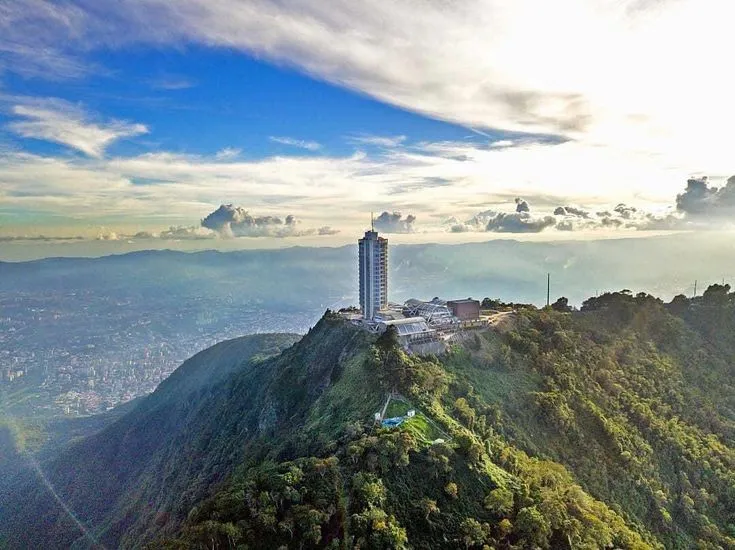
Pinterest https://pin.it/2peluWO
English
The architect Tomas José Sanabria (1922 - 2008)
He is a Venezuelan architect who carried out great works such as the Central Bank of Venezuela, Foto Libertador, the headquarters of the INCE, the Caracas Electricity Complex and the Humboldt Hotel, among other emblems of Caracas architecture. Sanabria was one of the second generation of modern architects, who as a curious fact the architect Fruto Vivas was his student.
“Architecture is not just to enjoy the same thing that an artist feels when creating his work of art, which once finished is not touched again. The architect must contribute to optimizing the quality of life of the user at all times and many times suffer from the changes that are made to that living work! ”.
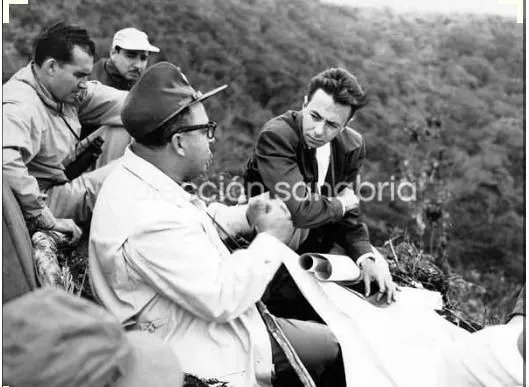
Pinterest https://pin.it/3SniVN7
Sanabria said that architecture is a social service for people to live better, he compared the human being with the urban body, such as the liver and the urban toilet. Much of his philosophy was thanks to his studies at Harvard in the 1940s as a master's in architecture, there his teachers were Walter Gropius, Martin Wagner, Marcel Breuer and among others. Having studied in the middle of the Second World War, the small number of students was remarkable with innumerable teachings of what the Bauhaus was. Upon returning to Venezuela in 1953 he was director of architecture at the UCV in Caracas and opened his architecture office. One of his reactions when proposing to project the INCE was “his first reaction from him was to think about how this institute could positively influence the urban environment and how people would be attracted to walking there to promote growth personal. His proposal was based on pedestrians and public spaces ”. Sanabria says that there is no architecture without urban design.
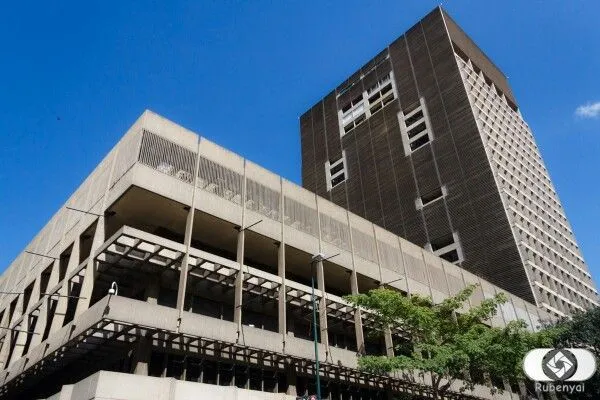
Pinterest https://pin.it/4TbAm5t
"To be an architect you have to learn to fly"
In his architecture he also had characteristics such as his study was characterized by always keeping in mind in each of his projects the theme of solar protection and climate conditioning from the architecture, from natural ventilation, lattices, shadow systems, etc. and do not forget his thesis that there is no architecture without a city. One of his great projects was the Hotel Humbolt, in which he presents himself as an icon of modern Venezuelan architecture and a symbol of the capital of Caracas. It is a 14-story building located in Ávila de Caracas at a height of 2,100 meters above sea level and is located in a gigantic park of 78,000 ha and is presented as a huge lighthouse allowing impressive views towards an immense topography.
Sanabria was also an aviator and photographer, he was an aviator for 30 years and went out almost every morning in his plane to take photos and explore the city and its relationship with nature, doing studies that were important to the sunlight of the buildings and as the architectural design it was exercised for solar and temperature control, as well as efficient environmental and urban solutions that marked the architecture of the last century and today were benchmarks for all of us.
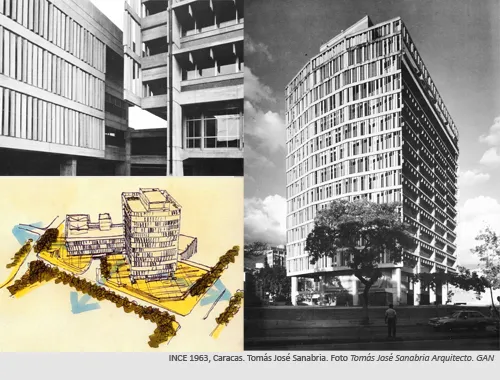
https://images.app.goo.gl/fa79Mbv59YjDBMGW6

https://images.app.goo.gl/5ZNG2jBcfY7gSs9X9
